Sure, apes and monkeys both swing through trees, snack on fruit, and look adorably mischievous, but they’re not interchangeable.
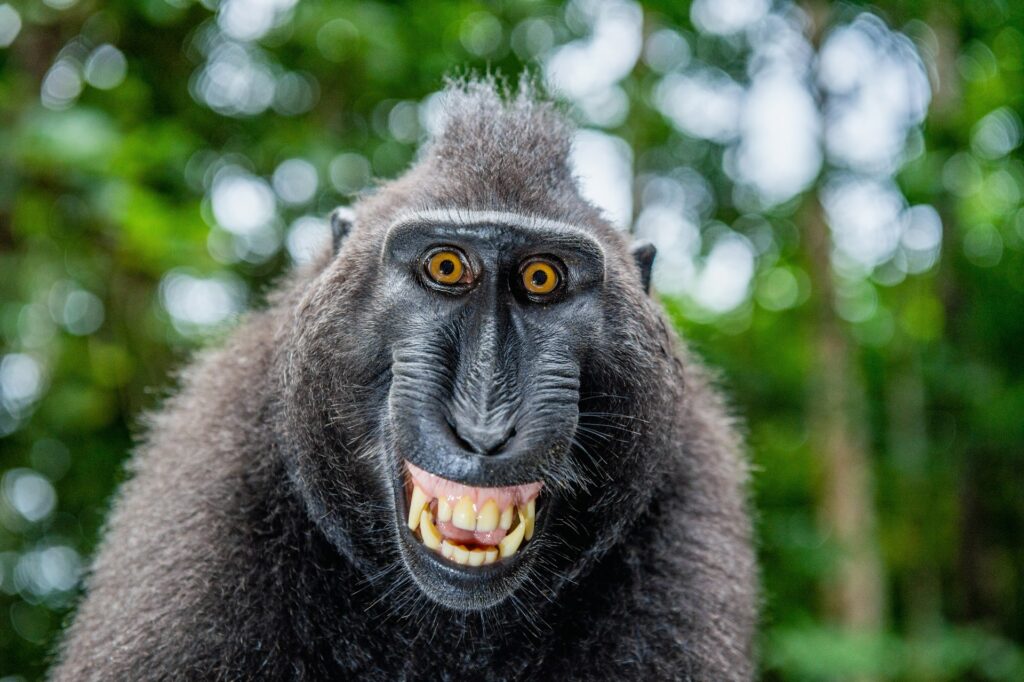
The differences go way beyond size, and once you know what to look for, you’ll stop lumping them into one big, banana-loving group. From tails and tools to posture and personality, here are the surprisingly clear clues that you’re looking at an ape, not a monkey (or vice versa).
1. Monkeys usually have tails. Apes don’t.
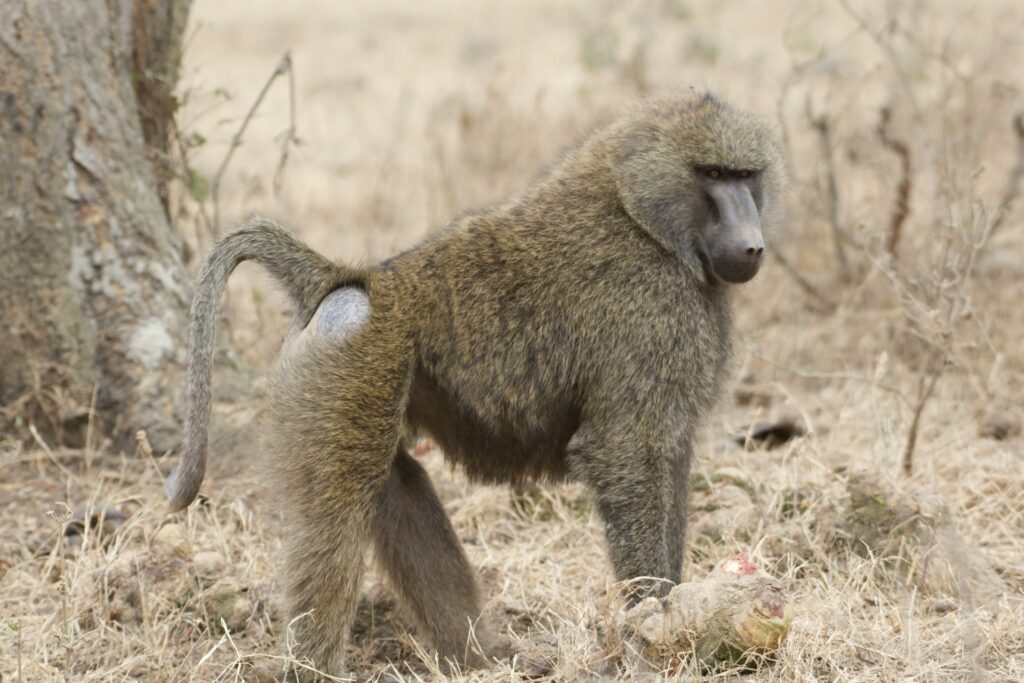
Let’s start with the biggie: the tail. Most monkeys sport one, and in many cases, they use it like a fifth limb to balance or even grip branches. Apes, on the other hand, have no tail at all—not even a tiny one hiding under the fur. This isn’t just cosmetic. The tail gives monkeys extra agility in the treetops, while apes rely more on their upper body strength. So, if you see a tail, it’s almost certainly a monkey—unless it’s someone’s pet ferret in disguise.
2. Apes have much better posture.
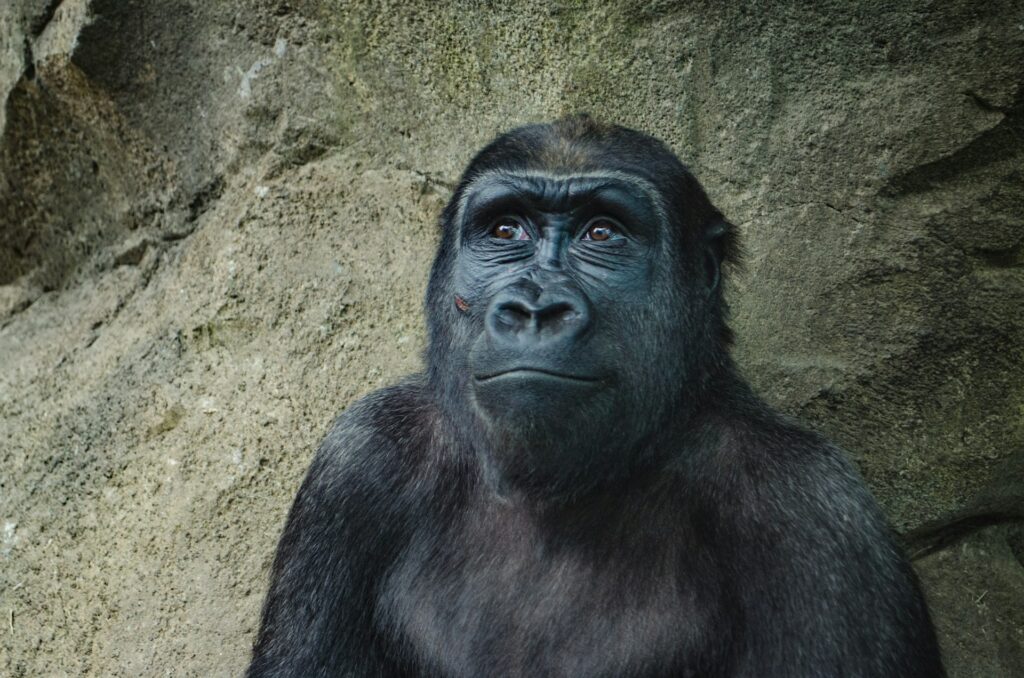
If an animal is hunching forward on all fours, moving in a quick, springy trot, that’s probably a monkey. Apes are more upright in the way they sit, stand, and even walk. They don’t fully walk on two legs all the time like we do, but they definitely give off “almost human” vibes when they move. Gorillas and chimps often knuckle-walk, while orangutans sway with long arms, almost casually. It’s all a bit more composed and deliberate than the scrappy energy of a monkey.
3. Apes are thinkers. Monkeys are movers.
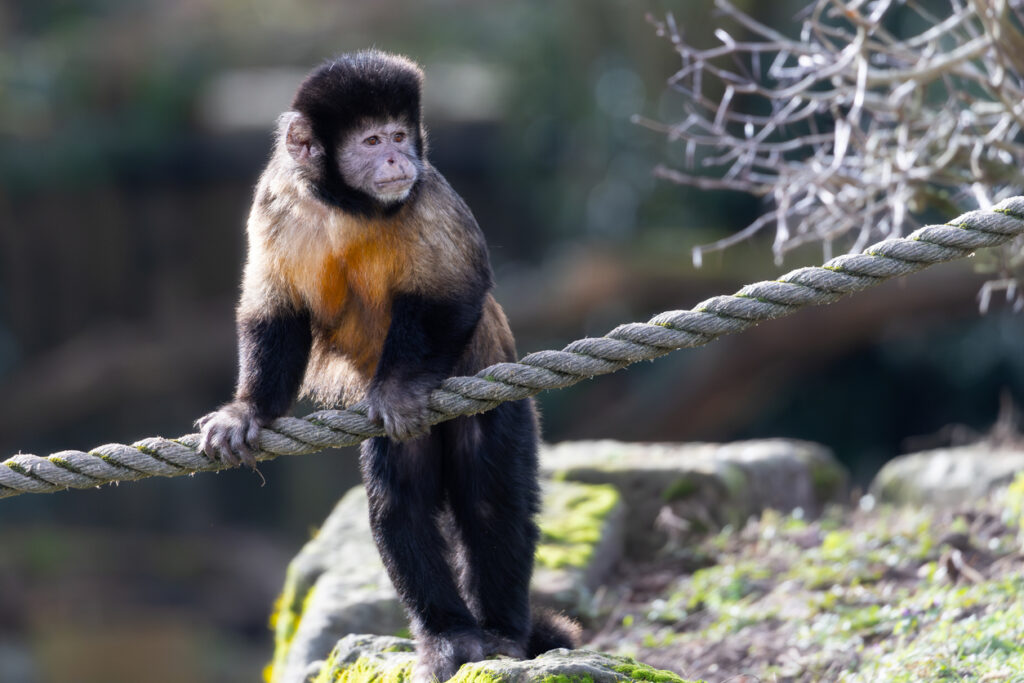
Monkeys are high-energy explorers, leaping and climbing like there’s a prize at the top. Apes have a more considered approach—they’re known for their intelligence, problem-solving, and even using tools in the wild. You can practically see the wheels turning when they pause to think things through. Apes often watch, wait, and figure out the smartest way to do something. Monkeys? They usually just go for it and figure it out mid-air.
4. Monkeys chatter more. Apes use subtler signals.
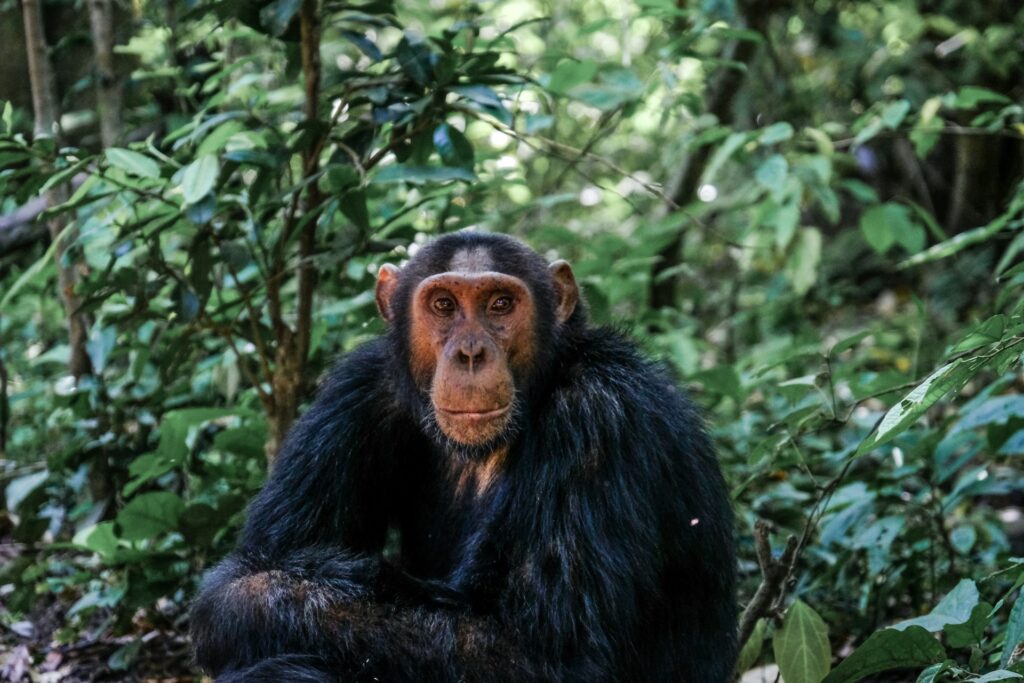
Monkeys are big talkers. From whoops and howls to chirps and screeches, their calls can fill a forest. Apes can be vocal too—gibbons especially—but in general, they communicate more quietly and with gestures or facial expressions. This gives apes a reputation for being more emotionally expressive, whereas monkeys seem to rely more on volume and chaos to get their message across.
5. Apes are seriously strong.
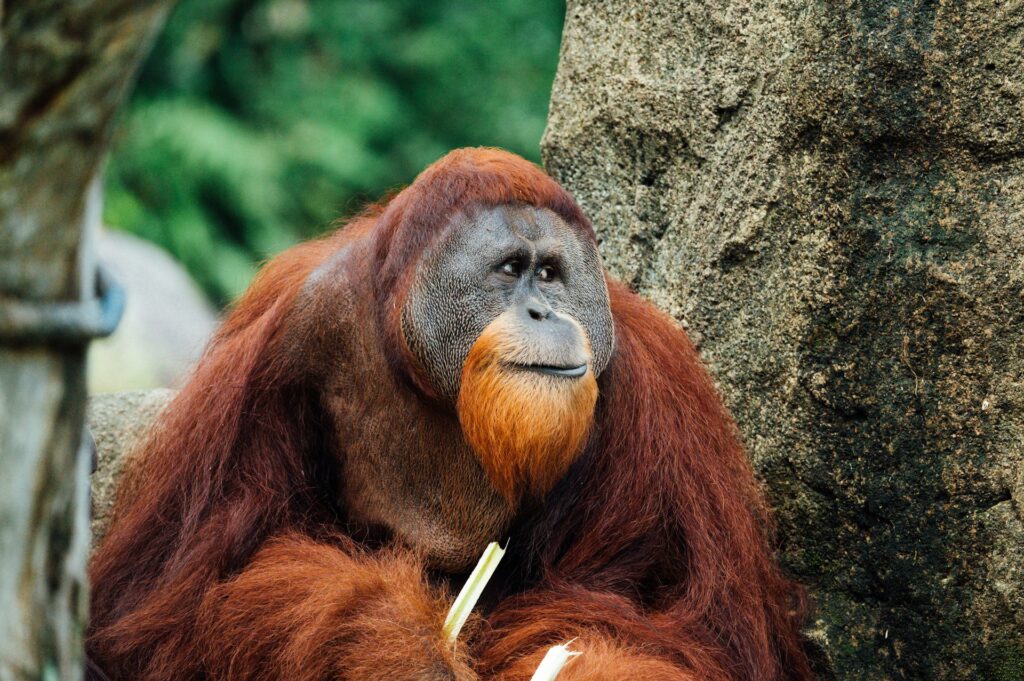
Apes aren’t just bigger—they’re muscle machines. Even a young chimp is stronger than most adult humans. Orangutans can hang from one arm without breaking a sweat, and gorillas are basically powerlifters with a gentle side. Monkeys are speedy, nimble, and coordinated, but when it comes to raw strength, apes have the upper hand. Literally.
6. Monkeys love a crowd. Apes prefer deep connections.

Monkey groups can be huge—dozens of individuals all chattering, grooming, and chasing one another around like it’s recess. Apes are more selective. They form smaller, tightly bonded groups with stronger emotional ties. You’ll often see apes comforting one another, holding hands, and even mourning their dead. It’s a different kind of social scene—more loyal crew than chaotic crowd.
7. Apes use tools. Monkeys usually don’t.
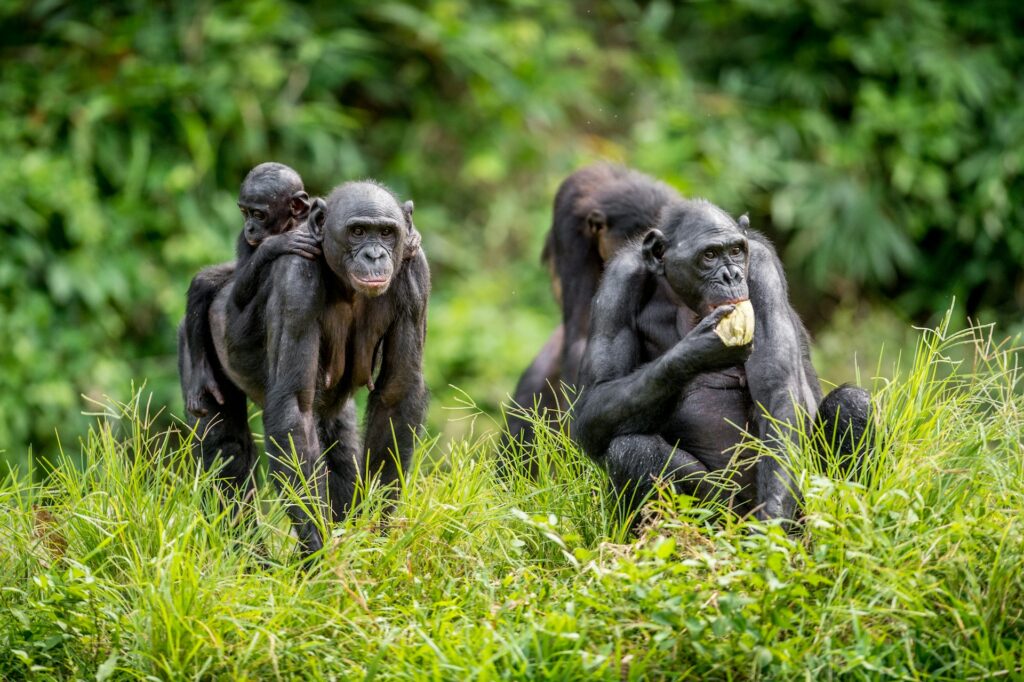
This is where apes really show off. Chimps use sticks to fish termites out of mounds. Orangutans use leaves as umbrellas or gloves. Even gorillas have been seen using sticks to test water depth. Monkeys are curious and creative, but full-on tool use is rare among them. Apes, on the other hand, treat tool use like a life skill, and pass it on to younger generations.
8. Apes have bigger brains, and it shows.

The brain-to-body ratio in apes is larger than in monkeys, and that gives them the edge in learning, memory, and emotional awareness. They’ve been taught sign language, understand symbols, and can solve puzzles that stump toddlers. Monkeys are still plenty smart, especially species like capuchins, but apes just tend to operate on a slightly more sophisticated level. They’re the deep thinkers of the primate world.
9. Monkeys live in trees full-time. Apes go between trees and the ground.
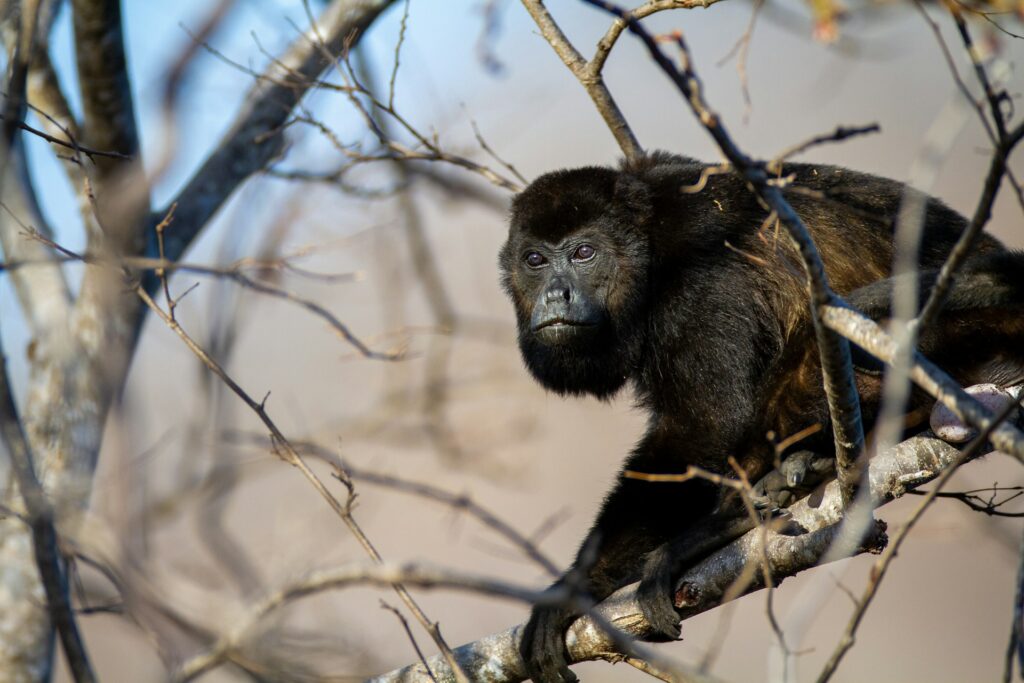
Most monkeys are all-in on the tree life. They’re fast, agile, and built for branch-hopping. Apes, while still skilled climbers, spend a lot more time on the ground, especially gorillas and chimps. That move to ground living is actually part of what led to humans eventually walking upright. So if you see a primate doing a weird little shuffle on two legs, it’s probably an ape on the move.
10. You’ll find monkeys in more places.
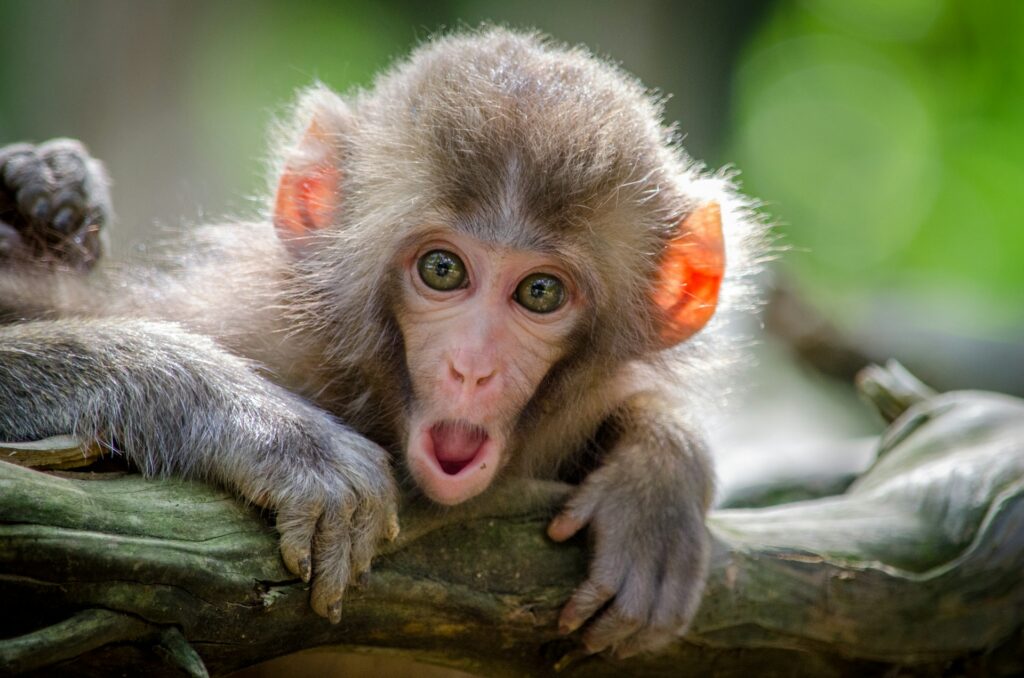
Monkeys are global travellers. From South America to Asia and Africa, they’ve made themselves at home in all kinds of environments. Apes are a bit pickier—most live only in parts of Africa and Southeast Asia. If you’re trekking through the Amazon or spotting wildlife in India, it’s monkeys you’ll see. Apes keep their range smaller and more specialised.
11. Apes have more human-like faces.
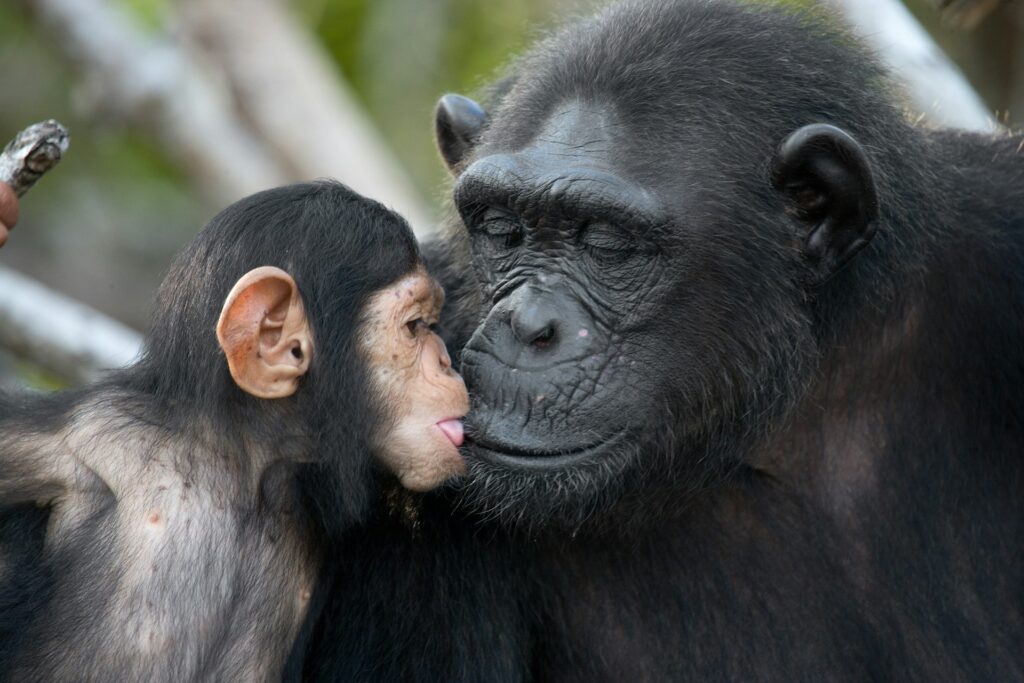
When you look at an ape, especially a chimp or orangutan, you’ll often see a flash of recognition. Their faces—flat, expressive, with forward-facing eyes—look more like ours than any monkey’s ever could. Monkeys often have snouts or more protruding features, and while adorable, they don’t really trigger that same eerie “are you judging me?” look an ape can give.
12. Apes are our family. Monkeys are more like cousins.
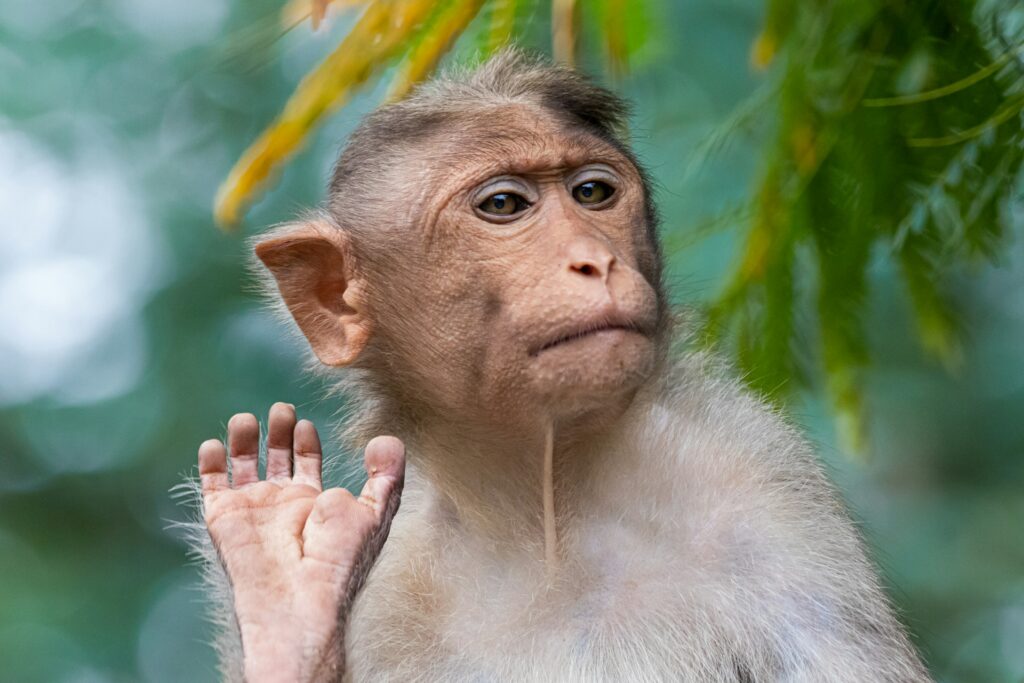
Here’s the big twist: humans didn’t evolve from monkeys. We share a common ancestor with apes. Chimps and bonobos are our closest living relatives, sharing nearly 98% of our DNA. Monkeys are part of the wider primate family, but apes are in our immediate branch of the evolutionary tree. That’s why so many ape behaviours—like mourning, laughing, or recognising themselves in a mirror—feel strangely familiar.